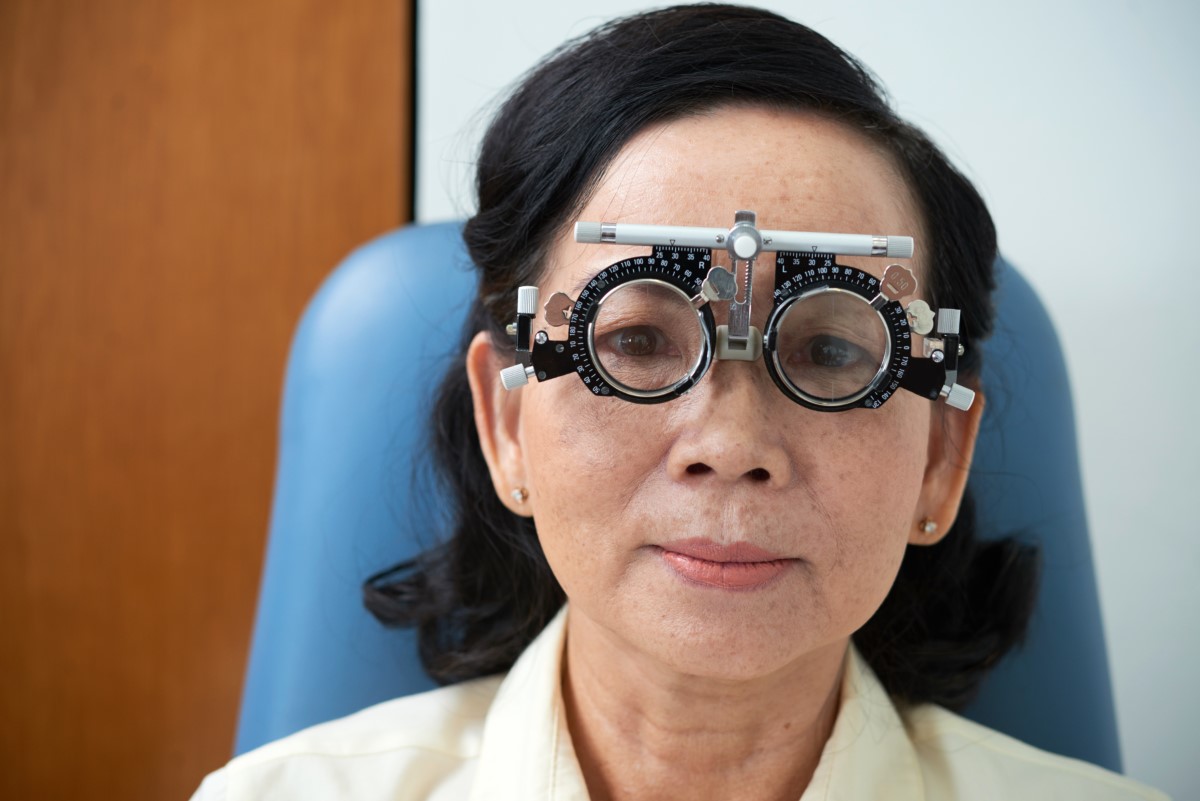
About the Author
Written by Optometrist Megan Lafferty, contact us to book an appointment with Megan.
January is Glaucoma Awareness Month, a time dedicated to raising awareness about a condition that silently steals the precious gift of sight from millions of people around the world.
Glaucoma Statistics
Glaucoma is often a misunderstood disease as people are generally unaware of how common this condition is and just how severe the vision loss can be without proper examination and treatment.
Today it is estimated that 80 million people worldwide have Glaucoma1 with projected statistics reaching 111.8 million people by 2040.2
Vision loss due to Glaucoma is irreversible. It is one of the world’s leading causes of blindness, often referred to as the “silent thief of sight”3 because it typically progresses without noticeable symptoms until significant damage to the eye has already occurred.
As much as 50% of the people with Glaucoma do not know they have it.4

It is well documented that genetics play a role in the development of Glaucoma and Asian eyes, along with sub- Saharan African, are at higher risk5. In Singapore, approximately 3% of people over the age of 50 have Glaucoma which increases to ~10% over the age of 70.6 One study estimated that Asians will represent 47% of people with Glaucoma overall and 87% of those specifically with a more severe type of Glaucoma called Angle Closure Glaucoma.7
The Importance of Early Detection
Due to the high prevalence of Glaucoma, particularly for Asian eyes, and its potential severity it is crucial that we take steps to spread awareness and promote the importance of regular eye health checks.
Early detection of Glaucoma is key for preventing irreversible vision loss. Regular eye health examinations, especially for individuals over the age of 40 or those with risk factors, play a pivotal role in identifying the disease in its early stages.
Only having a vision/degree test is not sufficient in Glaucoma detection!
Glaucoma Awareness Month serves as a reminder of the importance of prioritising eye health and taking proactive steps to detect and manage Glaucoma. By increasing awareness, encouraging regular eye check-ups, and fostering a deeper understanding of this sight-threatening condition, we can work towards reducing the impact of Glaucoma on individuals and communities worldwide. Remember, early detection is key to preserving vision and maintaining a high quality of life.
If you would like to find out more about Glaucoma please click here.
References:
- Glaucoma Research Foundation. January is Glaucoma Awareness Month. Eye Health (2023).(https://glaucoma.org/january-is-glaucoma-awareness-month/)
- K. Allison, D.Patel, O. Alibi. Epidemiology of Glaucoma: The Past, Present, and Predictions for the Future. Cureus (2020). doi:10.7759/cureus.11686 (https://www.ncbi.nlm.nih.gov/pmc/articles/PMC7769798/)
- NIH. Glaucoma: the ‘silent thief’ begins to tell its secrets. National Eye Institute (2014) (https://www.nei.nih.gov/about/news-and-events/news/glaucoma-silent-thief-begins-tell-its-secrets)
- NIH. Glaucoma. National Eye Institute (2023)(https://www.nei.nih.gov/learn-about-eye-health/eye-conditions-and-diseases/glaucoma)
- J. B. Jonas, T. Aung, R. R. Bourne, A. M. Bron, R. Ritch. Glaucoma. The Lancet (2017). doi:10.1016/S0140-6736(17)31469-1 (https://www.thelancet.com/journals/lancet/article/PIIS0140-6736(17)31469-1/fulltext)
- Singapore Health. Glaucoma in Singapore: Stats, Risk Factors and Prevention. Health Xchange.sg (2021) (https://www.healthxchange.sg/seniors/ageing-concerns/glaucoma-singapore-stats-risk-factors-prevention)
- H. A. Quigley and A. T. Broman. The number of people with Glaucoma worldwide in 2010 and 2020. Br J Opthalmol (2006). doi:10.1136/bjo.2005.081224 (https://www.ncbi.nlm.nih.gov/pmc/articles/PMC1856963/)





